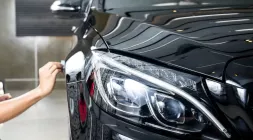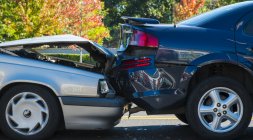10 Must-know Steps to Take When Buying a Used Car
Find out what you are missing on the checklist of acquiring a new secondhand car. Act now, before grabbing the one you love.
Buying a used car may seem to be practical and economical since second-hand cars tend to be cheaper and also tested for reliability than the new one. Well, it's a good option.
Make sure, however, that you do the necessary things to assure that you will get the best deal. If you are planning to buy a pre-loved car, always remember the following steps. We at Philcarnews.com want to help you in picking the best secondhand cars available.
Step 1: Consider your budget
A used car may be cheaper, but be ready for extra expenses such as maintenance, new tires, and the likes. Consider, as well, the fuel and insurance that every car owner cannot prevent to spend money on. Most of the used car for sale is already out of warranty. So, it is also wise to save money that can cover unexpected repairs that may occur in the future.
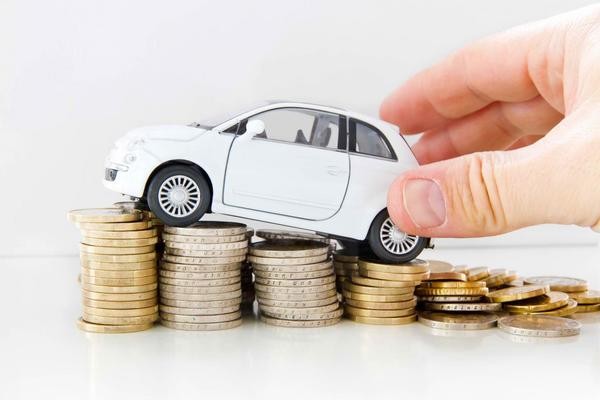
Get enough cash for the extra expenses before having your new used car. To be prepared is half the victory, they say.
Step 2: Make a target list
If you are working on a tight budget, make a target list of used cars. It's a good idea to have many options to choose from. Included in the list are the cars that are both suitable for your needs and working budget. Don't settle for a single brand; there are a variety of car brands available.
Step 3: Check the prices
Prices differ from one car to the other depending on their location, car brand and model, and the years it was used. Make sure to check the best deal that is available. You can look for used cars that are for sale through the use of the internet.
By searching used cars online, you can easily differentiate and compare its prices. It will allow you to have many options and selections. More choices mean more chances to get the car that will be perfect for your needs and budget.
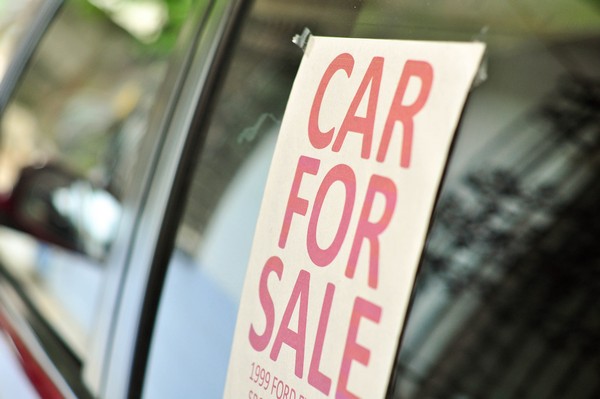
Be patient, never stop searching for the best. The world is full of used cars, and one of them will still keep the pocket full
Step 4: Look for cars for sale in your location
You can easily check and inspect cars that are for sale if it's near your location. You can look for secondhand cars that are for sale in your area through the help of the Internet. You can easily filter your search location and specify the place you wanted to search on.
By doing so, you can easily see the available secondhand cars in your area. Having many choices of cars for sale nearby allows you to quickly and personally communicate and negotiate with the owners.
Step 5: Check the vehicle's history report
You should get the vehicle's history report before planning to buy the car unless it is from a family member or a trusted friend. It's a very important step. It'll allow you to know if the car has a bad record that may cause you to trouble in the future. You can check the car's history with the help of the car's vehicle identification number or VIN.
The license plate number can also be used. You just need to present any of those to any of your known and trusted sources of vehicle history records.
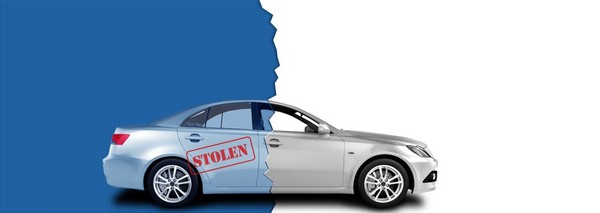
It's not going to cost you a penny to release some curiosity about the car's history. This will save you some trouble.
Step 6: Contact the car's seller
It is better to contact the car's seller first before you go for a meetup, once you already found a prospective car to purchase. You should call the seller first for the verification of the car's information stated in the advertisement. This will also be a good way in building rapport with the seller. You can ask questions such as the reason why they are selling the car or if it ever experiences a mechanical error.
There will be circumstances where a seller might mention certain pieces of information that are not included in the car's ad that can alter your decision to take the car. You can list down questions that are relevant and related to the car before you make the call. Don't negotiate over the phone. Wait until you personally see the car. Have a good negotiation taking into consideration the car's condition.
Step 7: Have the car undergo test-drive
If the call went well, you can now set-up a date for a car test-drive. It's better if the test-drive is done in broad daylight. In that way, it will be easier for you to check the car's condition. Test-drive allows you to assess the car's driving condition and will let you decide if the particular car is the right one for you.
Here are some of the things you need to check while maneuvering the car:
- You can get in and out of the car with ease
- Sufficient space for the headroom, legroom, hip room and also the backseat feel.
- Comfy driving position and seats
- Check the rearview and side view mirror for a clear visibility
- Check if you smell something like has or burning oil
- Observe the tires and brakes
- Check if the AC, headlights, turn indicators and brake lights are working properly
- You should also ask the seller for the service records too. This will help you check if the maintenance were regularly performed in the unit.

Test drive! this will let you decide if the particular car is the right one for you
Step 8: Have the car undergo an inspection
Your personal inspection is not enough. Have a mechanical inspection before you finally decide to buy it. This will help you address problems that you weren't able to find yourself. You will pay for this services, of course, but it will be a very smart investment.
>>> Also chec
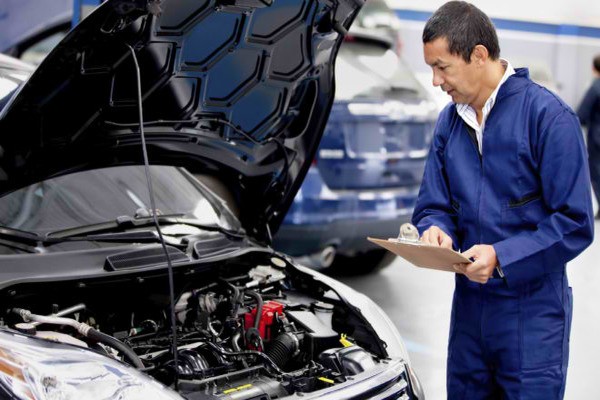
Done with the test drive? Have the best inspector of cars around, then decide
Step 9: Negotiate for the best deal
Based on the condition of the car, you can now decide how much money you are willing to invest in the car, but start your opening offer with a lower amount. You can use your researched prices in step 3 to have a better negotiation and comparison of the price. It can support your offer too. You can settle with a reasonable price that you and the seller arrived at.
Step 10: Get all the necessary paperwork done
It's a must-do to check and make sure that the seller transfers the necessary documents such as the registration and the title to you in a proper way. By doing so, you can avoid the hassles of unsettled transactions and agreement. Don't forget that you should have the car's insurance before driving it away.
After completing all the steps, you now have a new purchase. Make sure to follow the steps to avoid hassles either by the car's condition or papers. Remember to make good choices and negotiate well. You will probably have the best deal available. For other helpful car tips and advice for all car owners, be sure to read the rest of Philcarnews.com's articles!
Tag:
Buying a Used CarRECENT ARTICLES


